I always feel a sense of deep disappointment when I think of Art Deco. It happens whenever I drive by the Express building on Fleet Street or when The Great Gatsby comes up, or another book like Jared Goss’s French Art Deco is published.
It’s as if there was this amazingly sophisticated civilisation that colonised the Earth from a distant galaxy. Like the ancient Greeks and Romans – who were obviously also aliens – they gave us a complete aesthetic that opened our eyes after many years of benighted confusion. They tantalised us with the beauty of their buildings, their arts and their crafts and even showed us how to dress and behave.
You see it in the masterly footwork of Fred Astaire and the opening clarinet glissando from Gershwin’s Rhapsody in Blue. And there you are… transported back to that other world of stylish liners, the syncopated New York skyline and the fabulous interiors of Eltham Palace. You are instantly, insouciantly, effortlessly modern… and yet so stylish.
This highly advanced civilisation showed us how the future could and should be. It was a coherent and uniform world of extreme elegance and confident exuberance, and the beautiful future we were promised is all mapped out in a super seductive package… and it looks bright. But something inexplicable happened.
Maybe it was the same strange virus that has infected all the truly great civilisations on our planet. Perhaps the same one that infected the ancients. Just like that scene in the War of the Worlds, when the very antithesis to Art Deco civilisation suddenly starts choking and collapsing for no apparent reason. And then it’s all over…
You see the relics here and there, a crumbling old Gaumont cinema in a London suburb, a reproduced Art Deco sofa by Furniture Warehouse, an absolutely exquisite piece of French Art Deco jewellery at the Masterpiece art fair, seemingly made by and for a super race of hyper advanced aliens or gods. All evocative reminders of what might have been…
Art Deco architecture, Art Deco jewellery, Art Deco hotels, Art Deco music, Art Deco interiors… We can’t get enough of it. Nearly 100 years after it first appeared, the popularity of Art Deco is ever expanding and it is better known and more collected than ever before. But the curious thing is that even though the label ‘Art Deco’ seems always to have been with us, and as remarkably cohesive as the style was in its heyday, it wasn’t called ‘Art Deco’ at all. In France it was ‘Le Style Moderne’, and in other countries it was just ‘modern’ or ‘Streamline’. It was only during the 60s that it was definitively coined when a nostalgia for the lost elegance of that time first surfaced.
French Art Deco – How It All Began
Art Deco may have been a coherent international style or movement, but it is intimately associated with France, where it was best groomed and refined into the style that we are so familiar with today. Nowhere else was there such an investment of skills, time and money into both the development and promotion of this intensely glamorous style. And so the strangely short-lived story of French Art Deco is at the very heart of the Art Deco narrative in general.
In the years immediately following the First World War, the luxury sector in France was experiencing a remarkable flourishing. There were many exciting developments that energised this new emerging aesthetic. One of them was the popularity of modern art movements like Cubism whose abstractions and geometry helped give shape to the movement; and Fauvism whose vibrant clashing colours were to be hugely influential.
Another was the exoticism of Diaghilev’s Ballet Russes that had arrived in Paris in 1909. The company’s extravagant costume and set designs and oriental themes of tasseled silk cushions, diaphanous robes and decadent divans, were to cause a creative explosion in Paris, whose ripples were to be widely experienced. In particular Diaghilev’s clever uniformity of branding of posters, costumes and sets was to have a significant impact on the incipient French Art Deco movement. Added to this were the French government’s urging of industry to use the richly varied raw materials like ivory and shagreen that were made available from far flung French colonies.
Pivotal to the development and promotion of this enduring style was the truly extraordinary state sponsored exhibition (Exposition Internationale des Arts Décoratifs et Industriels Modernes) held in Paris in 1925. It was entirely accidental that the exhibition happened at this critical point, as it had originally been scheduled to take place in 1915, but was postponed because of the war. This fateful event effectively meant that the social, intellectual and artistic changes that were accelerated by the war, enabled the decorative arts to mature and even peak into a distinctive stylistic unity by 1925. So a fortuitous dovetailing of accident and design helped kick-start an influential stylistic movement that remains popular to this day.
This exhibition was truly extraordinary for three main reasons: Firstly Its vast size. The huge 55 acre site in the centre of Paris had 15,000 exhibitors from twenty countries, which was visited by 16 million people over its seven month run. In the rather vindictive spirit of the Treaty of Versailles that set out to isolate and punish Germany as the perceived villain of the First World War, only this major European country was pointedly excluded from the exhibition.
Secondly the fair made the unprecedentedly radical requirement that all works had to be thoroughly modern. No copying of historical styles of the past would be permitted. The exquisite craftsmanship and artistry of the dazzling works displayed radiated sophisticated modernity, yet they were distinctly rooted in tradition. Interestingly the U.S. declined an invitation to exhibit on the grounds that they couldn’t fulfil the condition regarding modernity.
Thirdly, it was the name of this vast exhibition that would later be abbreviated to Art Deco, giving a catch-all label to the enormous range of decorative arts and architecture created between the First and Second World Wars. The French state and luxury goods industry couldn’t have been happier, as the enormous commercial success of French Art Deco, ensured that designers and manufacturers throughout Europe continued to promote this style until well into the 1930s.
The French government’s determination to fund and promote this vast exhibition, that catalysed the movement, was the consequence of their alarm at the increasing marginalisation of the French luxury goods sector by their other continental competitors. The luxury goods market has been – and continues to be – a sector of critical importance to the French economy, ever since the 18th century when France was the style capital of the world. The problems started with the destruction of the guilds during the French Revolution, that had been a major set back for the luxury goods industry.
But gradually French design and craftsmanship was able to reassert itself, resulting in their imaginative re-flowering with the appearance of Art Nouveau, at the end of the 19th century. This great new hope was however to prove to be a major commercial failure. A victim of its own success, cheap mass-produced imitations of Art Nouveau were targeted at the rising middle classes, who didn’t much value handmade goods, rapidly hastening its demise.
At the time this great Parisian exhibition was seen as a triumph of ornament; and ornament was to remain at the heart of this emerging movement. It is a feature of Art Deco for example that objects that were potentially functional – bowls, plates, vases, even furniture – were in fact purely ornamental, and not intended for practical use at all. The decorative urge extended to painting and sculpture too, which again was primarily conceived of as decoration rather than as serious works of fine art.
Ironically the very features – ornament and rich materials – that had been the cause of Art Deco’s popularity, were also to also be the cause of its undoing. At first the hardships brought about by the Great Depression had rendered all that decadent opulence to appear somewhat irrelevant. Meanwhile an alternative aesthetic was emerging at the vanguard of design, one that was completely shorn of ornament and historical precedent, favoured by the rising International Style modernists (e.g. Le Corbusier and the German Bauhaus).
The rigours of this new avant garde were initially to prove a little too radical for many of the moneyed classes, who instead retreated into a more familiar and theatrical classicism to escape the dismal realities of the day. This feeling was encapsulated by the so-called Return to Order (from Jean Cocteau’s 1926 book Le Rappel à L’Ordre). The Second World War was of course to provide the same opportunity for modernism that the First World War had proved to Art Deco.
French Art Deco by Jared Goss
Jared Goss’s beautifully illustrated book ‘French Art Deco’ provides an introduction to the historical background of the Art Deco movement and outlines the most salient aspects of the aesthetic. The book is also a jaw droppingly beautiful catalogue featuring over one hundred masterpieces, created by forty-five artists, from the Metropolitan Museum of Art’s renowned collection; an exceptional collection that was put together in the 1920s by the trailblazing Joseph Breck, the Met’s curator of decorative arts, who established the first museum gallery for modern design. Each chapter focuses on a specific designer, and includes a biography and discussions of the objects, enlivened by generous quotes from contemporary writings.
Art Deco may no longer be with us, and its promise of an elegant, sophisticated modernity may have crumbled to dust, in our eclectic post-modernism of relativist aesthetics, with no single plan or direction or style, but we can occasionally wallow in nostalgia and dream of how the future might have been…
‘FRENCH ART DECO‘ by Jared Goss, Published by Thames & Hudson
Images Courtesy of The Metropolitan Museum of Art, New York
To order ‘FRENCH ART DECO‘ at insider price please visit GDC interiors Book Collection on Amazon



































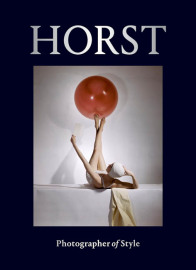
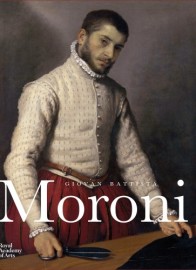
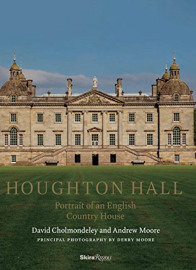
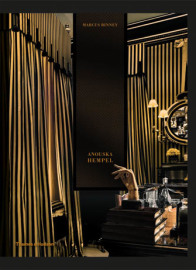
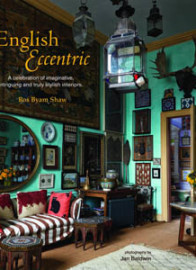
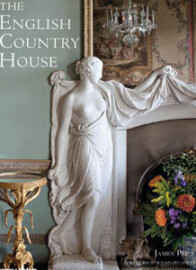

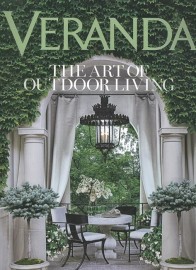
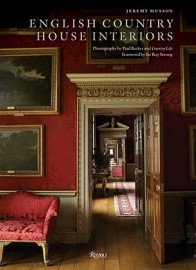
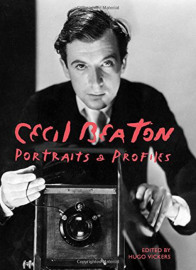
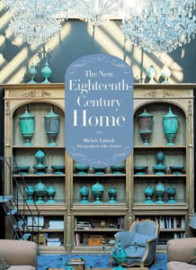
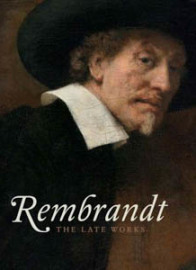
Oooooooopp that was like swimming in French pink grapefruit soup,utterly delicious ,full to the brim with flavour and presented exquisitely
I will retire to my suite with exotic dreams swathed in satin and pearls
Thankyou